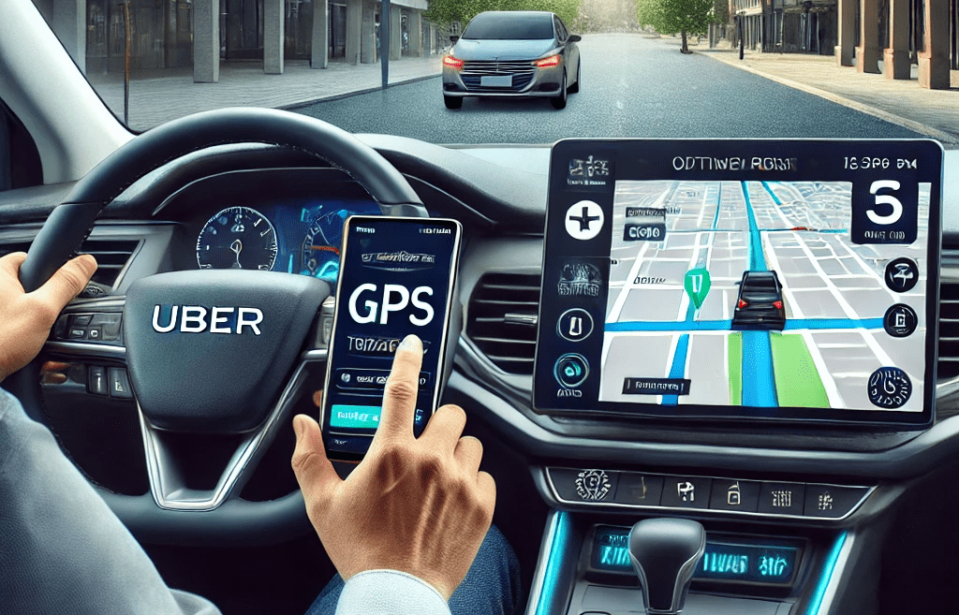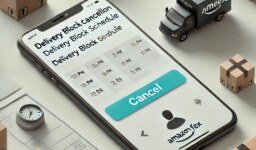As an Uber driver, fuel costs can significantly eat into your profits. Maximizing fuel efficiency is not only great for your bottom line but also for the environment. Adopting fuel-efficient driving habits and maintaining your vehicle properly can reduce fuel consumption and increase your earnings. Here are some in-depth tips on how to make your Uber driving experience more fuel-efficient.
1. Regular Vehicle Maintenance
Keeping your car in top condition is crucial for maximizing fuel efficiency. Regular maintenance ensures that your vehicle runs smoothly, reducing unnecessary fuel usage.
- Tire Pressure: Check your tire pressure regularly. Underinflated tires create more resistance on the road, making your engine work harder and consume more fuel. Proper tire inflation can improve fuel-efficient driving by up to 3%.
- Oil Changes: Use the manufacturer’s recommended motor oil. An engine running on clean, correct oil operates more efficiently, leading to better fuel economy.
- Air Filters: A clean air filter can boost engine efficiency. A clogged air filter restricts airflow, making your engine burn more fuel. Regularly replacing air filters can enhance fuel-efficient driving.
2. Plan Your Routes in Advance
Uber drivers can save a significant amount of fuel by optimizing their routes. Use navigation apps like Google Maps or Waze to avoid traffic jams and road closures, which contribute to idling and wasted fuel.
- Route Optimization: Plan the most direct routes between pickups and drop-offs. Fewer turns and stops mean less braking and accelerating, which is crucial for fuel-efficient driving.
- Avoid Peak Traffic Hours: Whenever possible, try to schedule your driving shifts during non-peak hours. This will allow you to maintain a steady speed, which is much more fuel-efficient.
3. Adopt Smooth Driving Habits
Aggressive driving—such as speeding, rapid acceleration, and hard braking—can drastically decrease fuel efficiency. To maintain fuel-efficient driving:
- Smooth Acceleration: Gradually accelerate instead of stepping hard on the gas. Fast acceleration consumes a lot of fuel, while soft, steady acceleration helps conserve it.
- Maintain a Constant Speed: Use cruise control on highways to maintain a consistent speed, as it improves fuel efficiency by preventing unnecessary fluctuations.
- Brake Gently: Instead of slamming on the brakes, anticipate traffic conditions and coast to slow down, which saves fuel and reduces wear on your vehicle.
4. Reduce Unnecessary Weight
Extra weight in your car requires more power and fuel to move. For Uber drivers, it’s easy to accumulate excess items in the trunk or backseat, but this can negatively impact fuel efficiency.
- Lighten Your Load: Remove any items you don’t need for your shift, especially heavier tools or equipment. By doing so, you can improve fuel-efficient driving, especially in city traffic where stop-and-go driving is common.
5. Limit Air Conditioner Use
Using air conditioning increases fuel consumption because it puts additional strain on your engine. While it’s tempting to blast the AC on hot days, doing so frequently can hurt your fuel efficiency.
- Ventilation vs. AC: Use the vehicle’s ventilation system or open the windows when driving at lower speeds. At highway speeds, it’s more fuel-efficient to use the air conditioning than to open the windows due to increased wind resistance.
- Park in Shade: Keeping your car cool by parking in shaded areas will reduce the need to blast the air conditioner when you start driving, contributing to more fuel-efficient driving.
6. Drive During Off-Peak Hours
Driving during times with less traffic not only helps you complete more trips in less time, but it also improves fuel efficiency. Stop-and-go driving in heavy traffic forces your car to burn more fuel, reducing the overall benefit of fuel-efficient driving.
- Avoid Rush Hour: Peak traffic times can cause idling and increased fuel consumption. Try to drive during mid-morning or late evening when roads are clearer.
- Use Traffic Updates: Real-time traffic apps can alert you to congested areas, helping you reroute and keep your fuel consumption down.
7. Turn Off Your Engine When Idle
Idling for long periods burns more fuel than you may realize. If you’re waiting for a passenger or stuck in traffic for more than a minute or two, turn off your engine to conserve fuel.
- Stop Idling: Turning off your car when waiting for longer periods can save fuel and reduce emissions, helping you maintain fuel-efficient driving.
8. Consider Fuel-Efficient or Hybrid Vehicles
If you’re thinking about upgrading your vehicle, look for a car that offers better fuel economy. Many Uber drivers have found that switching to a hybrid or electric vehicle dramatically reduces their fuel expenses.
- Hybrid Vehicles: Hybrid cars use a combination of fuel and electric power, which significantly improves fuel efficiency, especially in stop-and-go traffic.
- Fuel-Efficient Models: If a hybrid isn’t an option, consider a vehicle with a high miles-per-gallon (MPG) rating to enhance your fuel-efficient driving and reduce overall fuel costs.
Conclusion Fuel-efficient driving not only helps you save money on gas but also reduces wear and tear on your vehicle, allowing you to make the most out of your Uber driving experience. By following these tips, you can improve your fuel-efficient driving habits, cut fuel expenses, and ultimately increase your earnings as an Uber driver. Implement these strategies today, and watch your savings grow!





Leave a comment